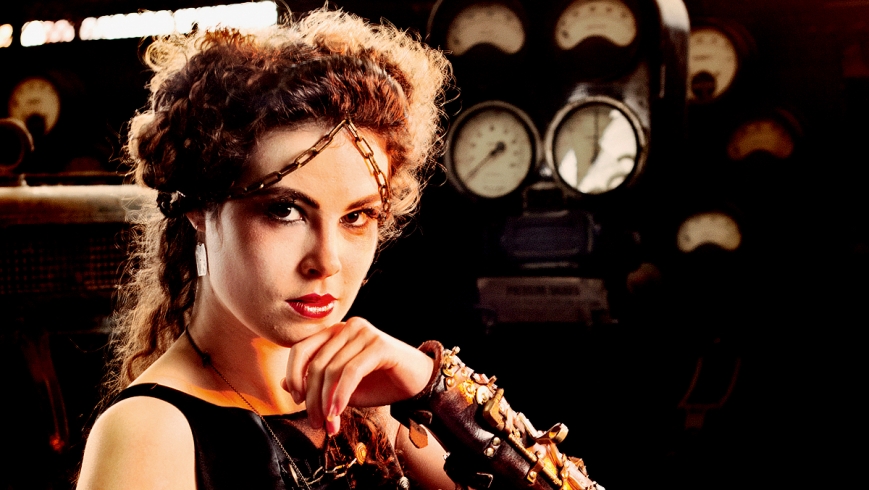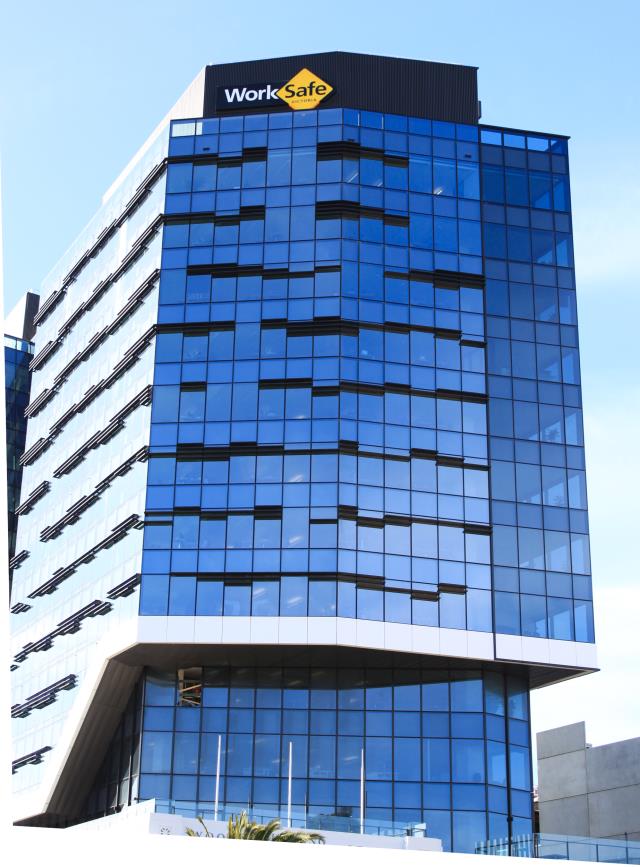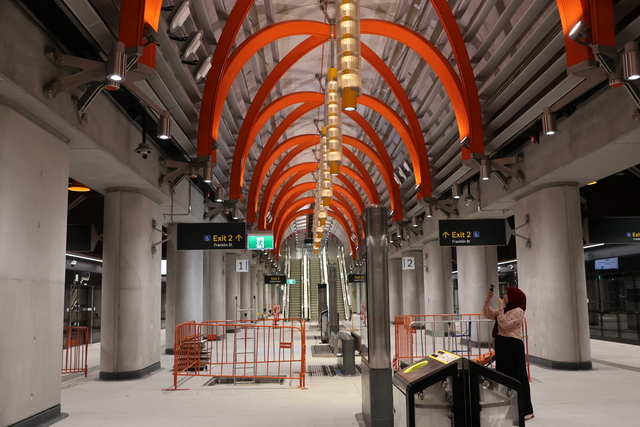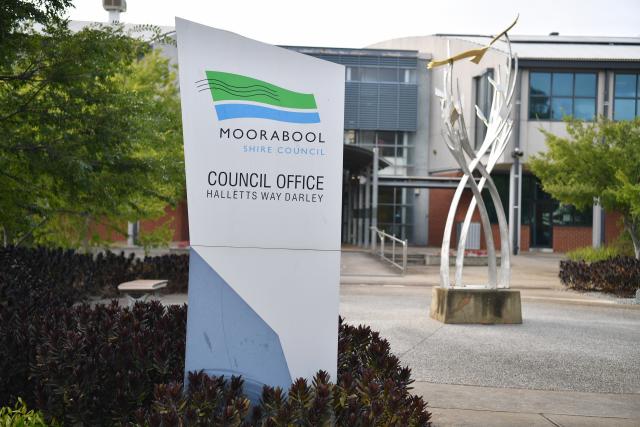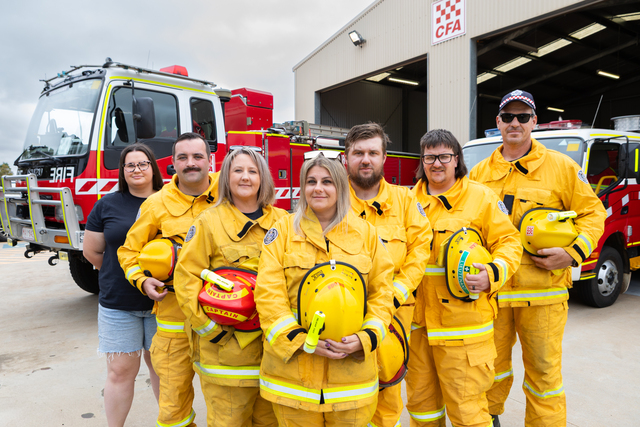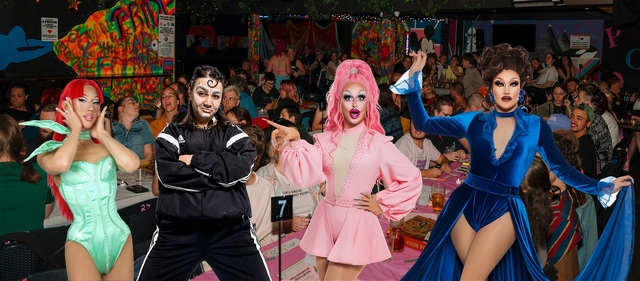If any ghosts are lurking in the Spotswood Pumping Station, they probably aren’t batting an eyelid as Keira Hudson enters the cavernous space.
The fashion designer and model, better known to steampunk devotees as Lorelle Rouge, is modelling her most recent creations, painstakingly crafted pieces inspired by the Victorian era.
The 22-year-old from Bacchus Marsh is very much at home during the Weekly’s fashion shoot in the pumping station, once the vital heart of the Melbourne Sewerage Scheme.
PICTURE GALLERY: Steampunk’s alluring experience
The heritage-listed pumping station was built in the 1890s, an enormous step in overcoming the public health and sanitation problems plaguing the growing city.
For 70 years all raw sewage that reached Melbourne’s underground sewers passed through the pumps at Spotswood en route to the treatment works at Werribee.
Such origins belie the romance the site now holds for visitors with a fondness for a bygone era when steam was king.
Located at Scienceworks, the pumping station is a steampunk aficionado’s dream, a Victorian era creation that merges the engineering feats of the past with a then-bold vision of the future.
Steampunk’s origins can be traced to fiction but the movement has since emerged as a fully developed subculture permeating fashion, design, film and art. The term was coined in the 1980s but the retro-futuristic concepts underpinning the form hark back further.
The 19th-century scientific romances of writers such as H.G. Wells, Jules Verne and Mary Shelley are cited as key influences in the aesthetics of the movement.
Hudson says it can be a challenge to explain to people exactly what steampunk is.
“When I first try and describe it, I say imagine that electricity wasn’t invented and we are still in that world.
“Then imagine what the future looked like to people in the 19th century; there was this vision that was rather fantastical.”
Hudson studied as a printmaker at university and found she was spending much of her time trying to convey a sense of the past in a new way, recontextualising old-fashioned machinery into new forms.
Discovering steampunk was a revelation, a lightbulb moment when her aesthetic found a home.
“I came across steampunk and it was a bridge between the old-fashioned and the modern that I was looking for,” she says. “I have always been interested in older things, I love collecting old cameras, typewriters and knickknacks.
“This has always been present for me. It kind of kept building and in 2011 I actually discovered what steampunk was.”
Hudson’s techniques also draw on old-fashioned skills, with detailed hand-crafting central to her fashion.
“I love just working with my hands. When I was at uni a lot of my work was just hours of hand-stitching. I like the time spent with an object. I think it gives it meaning,’’ she says.
“I don’t really like rushing things.
“I like considering it, drawing it, finding the material and putting it together. This makes it a bit hard for me selling anything; it’s like it’s a part of me.”
Hudson’s modelling as alter ego Lorelle Rouge allows her to fully immerse herself in her work, giving her control over every tiny detail.
She draws on more than a dozen years of dancing and time spent performing in musical theatre to throw herself into the role.
“I just really enjoy creating the whole concept, I like doing the make-up and working out the location,” she says.
“With Lorelle Rouge, I tried to create a distinction between myself as an artist and as a model.
“I can become someone else when I put the clothes on. It also helps because people don’t know straight away who I am. I like that it has a bit of mystique.”
Apart from Hudson’s photo shoot, the Spotswood Pumping Station has hosted many creative endeavours since its engines fell silent in 1965.
Museum Victoria engineering and humanities curator Matilda Vaughan says the pumping station has played a continuing and important role in the visual landscape of Melbourne’s western suburbs, not least on the silver screen.
Its first appearance in film was as the dilapidated Halls of Justice in landmark Australian film Mad Max, released in 1979. And many would recognise the pumping station courtyard as the backdrop for the Blackmoor prison yard in iconic 1980s Australian television series Prisoner.
The striking steam-pumping engines appeared in Tina Arena’s music video for The Machine’s Breaking Down in 1990. Two years later the exterior was transformed into moccasin manufacturer Balls for the cult favourite film Spotswood.
The working-class origins of the site were celebrated in spectacular fashion in 2006 when the Melbourne Workers Theatre performed We Built This City to celebrate the 150-year anniversary of the Eight-Hour Day.
Most recently the pumping station was a special guest star as a “widget” factory in an episode of ABC television series Miss Fisher’s Murder Mysteries, based on the novels by Footscray author Kerry Greenwood.
For anyone hoping for an up-close and personal look beyond the silver screen, the pumping station is open to the public and can be visited as part of regular tours run by Scienceworks most days.
Hudson encourages visitors to explore the site and imagine what life would have been like at the turn of the 20th century and how the enormous steam-powered pumping engines must have appeared to people when they were first built.
“I looked at the images before I went so I knew what to expect, but it was still amazing,’’ she says. \

